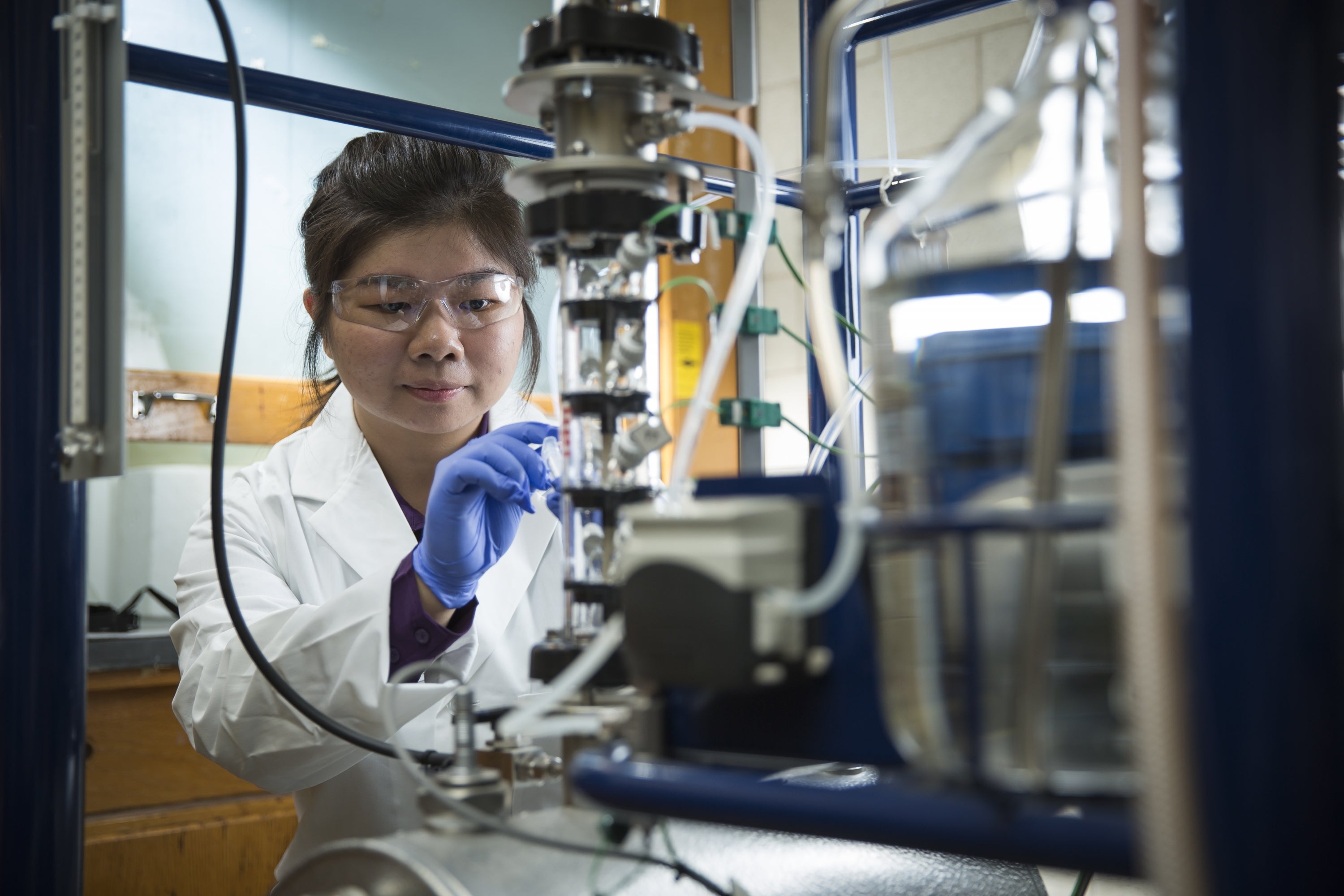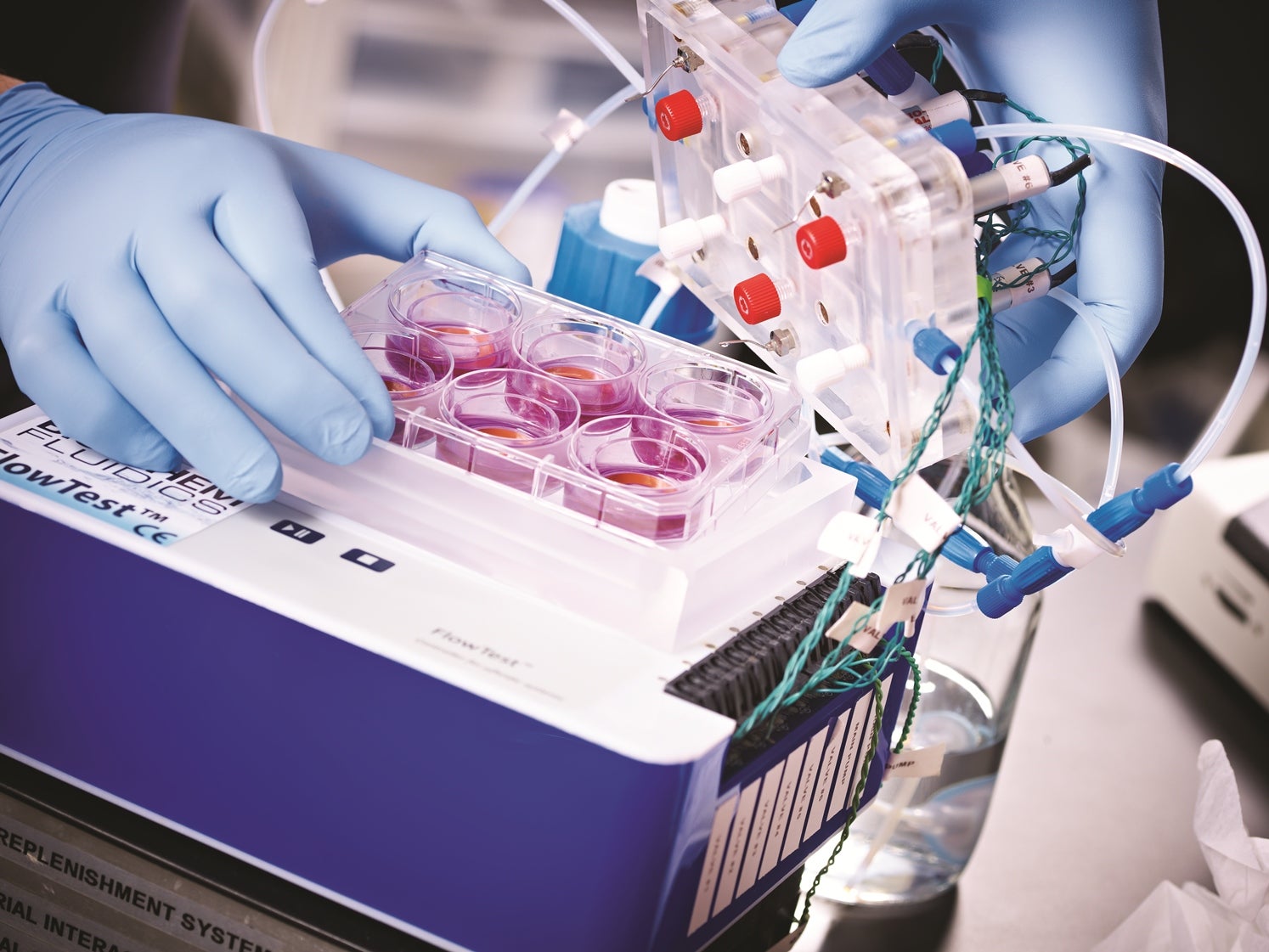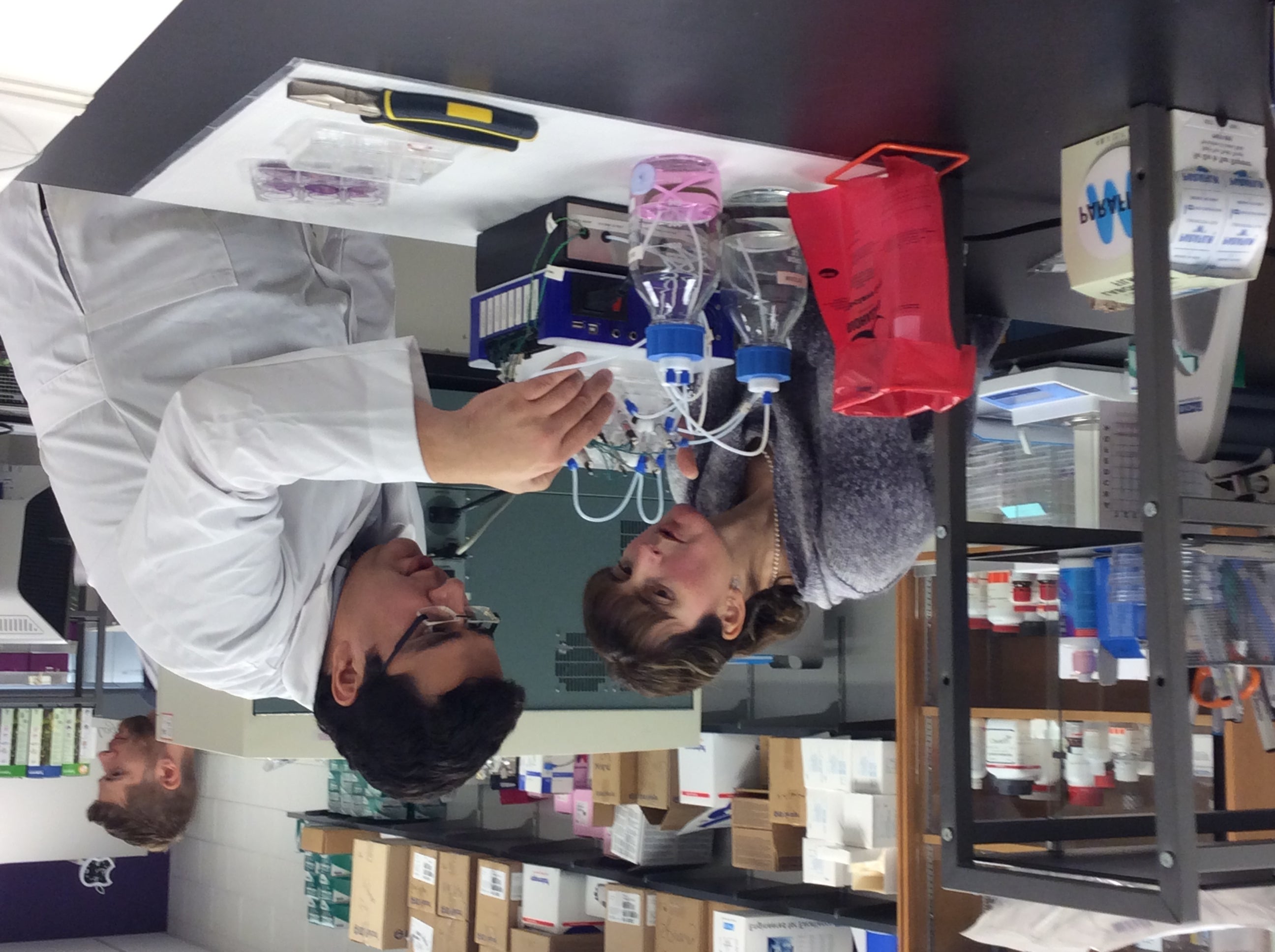Monday, December 9, 2013
The first class of an innovative biomedical engineering program that connects students to the medical community will start at the University of Waterloo next fall.
The new program in Canada's largest engineering school will give students the unique opportunity to blend hands-on design expertise with workplace experiences and academic studies.

As
the
Faculty’s
13th
undergraduate
engineering
degree,
Biomedical
Engineering
will
be
housed
in
Waterloo
Engineering’s
Systems
Design
Engineering
Department,
but
will
run
as
a
separate
unit.
Its
curriculum
will
focus
specifically
on
biomedical
systems
and
the
development
of
biomedical
technologies.

Described
as
a
partnership,
the
program
will
draw
on
the
expertise
and
collaborative
strengths
of
three
University
of
Waterloo
Faculties
and
six
departments
including
Systems
Design
Engineering,
Electrical
and
Computer
Engineering,
Chemical
Engineering,
Mechanical
and
Mechatronics
Engineering,
Biology,
and
Kinesiology.
“The
combination
of
interdisciplinary
faculty
expertise
and
the
growing
need
for
highly-skilled
researchers
and
practitioners
makes
it
the
ideal
time
to
introduce
this
new
approach
to
biomedical
engineering
education,”
says
Pearl
Sullivan,
Dean
of
Waterloo
Engineering.

Integrative
approach
sets
Waterloo
apart
The
first
Biomedical
Engineering
class
will
be
limited
to
45
students
and
will
increase
through
the
years
to
a
maximum
of
90.
Because
of
the
strong
interest
in
the
field,
it’s
anticipated
that
admissions
for
2014
will
be
highly
competitive.
Like
all
other
Waterloo
Engineering
undergraduates,
students
will
gain
real-world
experience
by
participating
in
the
Faculty’s
exceptional
co-op
program
and
in
relevant
Capstone
design
projects.
While other Canadian institutions offer biomedical engineering, what will differentiate Waterloo Engineering’s program is its substantial design component.

The
right
combination
Maud
Gorbet,
Chair
of
the
Committee
for
Biomedical
Engineering,
says
extensive
research
went
into
ensuring
the
program
offers
the
right
combination
of
high-impact
courses
and
work-place
experience.
“When
we
developed
the
curriculum
we
surveyed
industries
in
various
areas
of
biomedical
engineering
to
determine
what
they
were
looking
for
in
biomedical
engineers
to
make
sure
our
undergraduate
training
would
meet
their
needs,”
Gorbet
says.
“The
program
will
be
unique
in
Canada
due
to
its
strong
focus
on
the
modeling
and
design,
combined
with
a
co-operative
education
experience.
It
will
be
a
completely
immersive
experience.”

Students conducting biomedical research at Waterloo Engineering
The
Biomedical
Engineering
curriculum
is
geared
towards
three
theme
areas
of
biosignals
and
imaging,
biomechanics
and
sports
engineering,
and
biomedical
devices.
Graduates
will
be
ideally
suited
to
contribute
directly
to
the
Canadian
biomedical
and
health
economy,
armed
with
the
skills
and
knowledge
required
to
work
in
hospitals,
clinical
research
institutions,
the
medical
device
and
medical
imaging
industries,
bioinformatics,
biomedical
sensors
industry,
and
regulatory
agencies.